Will AI Ruin or Revolutionize Anime?
Imagine a world where your favorite anime is written, illustrated, and voiced—all by artificial intelligence. Sounds futuristic, right? Well, that future is already knocking on the anime studio doors in 2025. From AI-assisted animation tools to text-to-image generators, the use of AI in anime creation is evolving fast—and not without controversy.
So the big question is:
Will AI ruin anime’s soul or revolutionize how it’s made and enjoyed?
In this article, we’ll break it all down:
- What AI is already doing in anime production
- How studios, creators, and fans are reacting
- The ethical and creative dilemmas
- What the future holds for your favorite medium
What AI Can Already Do in Anime (As of 2025)
AI isn’t just some sci-fi concept in the anime world anymore. Studios and indie creators are actively using it in the following ways:
1. AI-Generated Artwork & Backgrounds
Tools like Midjourney, DALL·E, and Leonardo.ai can generate stunning anime-style art from simple prompts. Some animators now use these tools for:
- Background design
- Concept art
- Mood boards for direction
While this doesn’t replace traditional artists (yet), it significantly cuts production time and cost.
2. Scriptwriting & Storyboarding
AI language models like GPT can generate:
- Plot outlines
- Dialogue drafts
- Character bios
- Scene descriptions
Studios still require human rewrites and oversight, but AI is now a brainstorming partner in early stages.
3. AI Voice Synthesis
Synthetic voices, trained on popular seiyuu (voice actors), can now read lines in anime-style tone and emotion. While some fans find it uncanny, others see it as a breakthrough for low-budget projects.
4. In-Between Frame Automation
In-between frames (the drawings between keyframes) are time-consuming. AI tools like Ebsynth and Adobe’s Frame Interpolation are being used to automatically animate these sequences, helping teams meet tight deadlines.
Revolution or Ruin? Here’s What Fans & Creators Are Saying
The Optimistic Side: “This Is the Future”
Many indie creators are thrilled. AI lowers barriers and lets solo artists create animations they never could before. Some benefits include:
- Lower production costs
- Faster turnarounds
- More diverse stories from solo creators
- Smaller studios competing with big names
For creators outside Japan, AI is a gateway into anime without needing a full studio.
The Skeptical Side: “It’s Losing the Soul of Anime”
Critics argue that AI:
- Produces soulless, formulaic content
- Steals art styles through unlicensed training
- Devalues human creativity
- Risks replacing jobs for animators, writers, and voice actors
Just because you can doesn’t mean you should.
Ethical Gray Areas in AI-Generated Anime
1. Voice Actor Cloning
What happens if an AI mimics a popular voice actor without their consent? This has already happened in music with deceased artists, and it’s now entering anime. Voice actors’ unions are starting to demand regulation.
2. Training on Artists’ Work Without Permission
AI image models often learn by analyzing massive datasets of existing art—sometimes without artists’ consent. Many anime illustrators have protested, claiming AI is profiting off their hard work without credit or pay.
3. Copyright Confusion
If an AI generates a full anime, who owns the copyright? The coder? The prompt writer? The AI itself? Legal systems are still catching up.
Real Examples of AI in the Anime Industry (2023–2025)
Netflix Japan’s “Dog & The Boy” (2023)
This short anime used AI-generated backgrounds, citing labor shortages. While innovative, it sparked backlash from artists who said it set a dangerous precedent for replacing human creatives.
AI-Enhanced Doujin (Indie) Projects
Doujin creators now release short anime on YouTube made with AI tools. Some of these projects have gone viral—not because of polish, but because of sheer individual vision made possible by AI.
Studio Tools in Production Pipelines
Studios like MAPPA and Toei are experimenting with AI-assisted coloring, in-betweening, and cleanup. It’s not full automation—but it’s changing the production speed dramatically.
Is There Still Room for Human Creativity?
Absolutely. AI lacks:
- Emotional intelligence
- Cultural nuance
- Artistic intent
What makes anime powerful is its emotion, flaws, and cultural storytelling—things AI struggles to replicate without human oversight.
Creators still guide AI tools. The best anime made with AI in the loop often involves a symbiotic relationship: human imagination + machine assistance.
What Does the Future Look Like?
Here are a few predictions if current trends continue:
Likely:
- More indie anime made by solo creators using AI
- Studios using AI for grunt work, while artists focus on design and story
- Voice actors licensing their AI voice models (like “digital twins”)
Potential Risks:
- Oversaturation of low-effort AI anime
- Less job security for animators and staff
- AI-generated series dominating algorithms
Hopeful Vision:
AI enhances—not replaces—human creativity, leading to faster, cheaper, more inclusive anime with bolder themes and global representation.
AI is here. It’s not going away. The question isn’t whether it will change anime—it already is.
The real question is how we choose to use it.
Will we treat AI as a tool that helps human artists, or a shortcut that strips anime of its soul?
Like any great anime hero, the answer depends on the choices we make—not the power we hold, but how we use it.
What’s Your Take?
Would you watch an anime made entirely by AI? Do you support AI-assisted production if it means more diverse and experimental content?
Drop your thoughts in the comments 👇
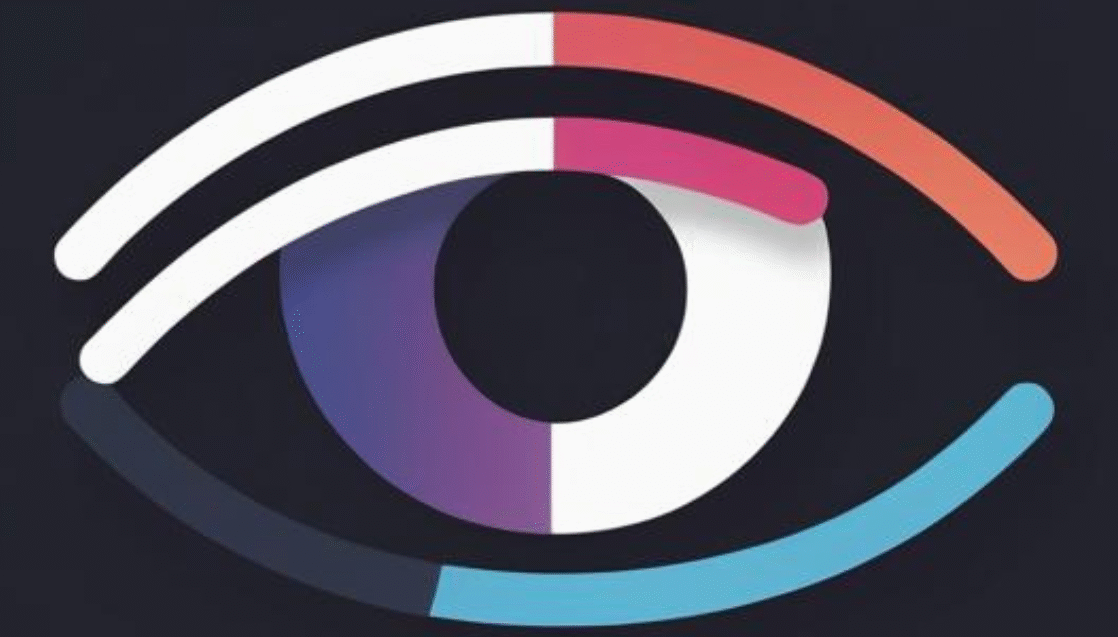
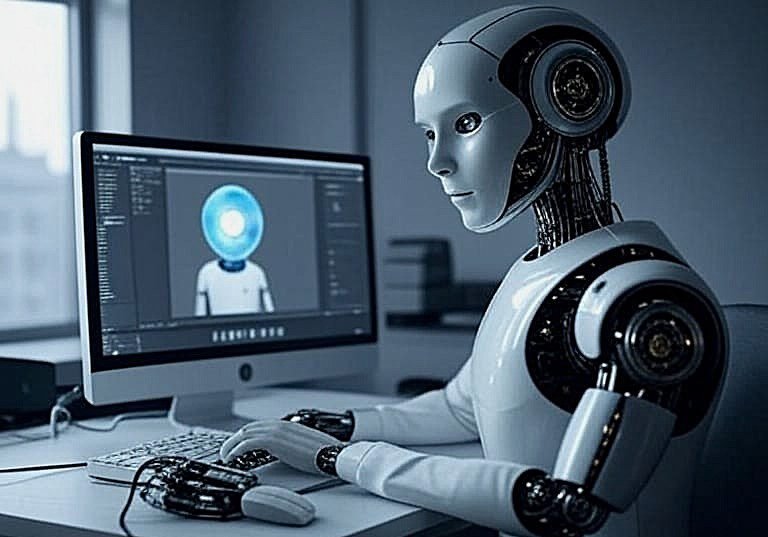
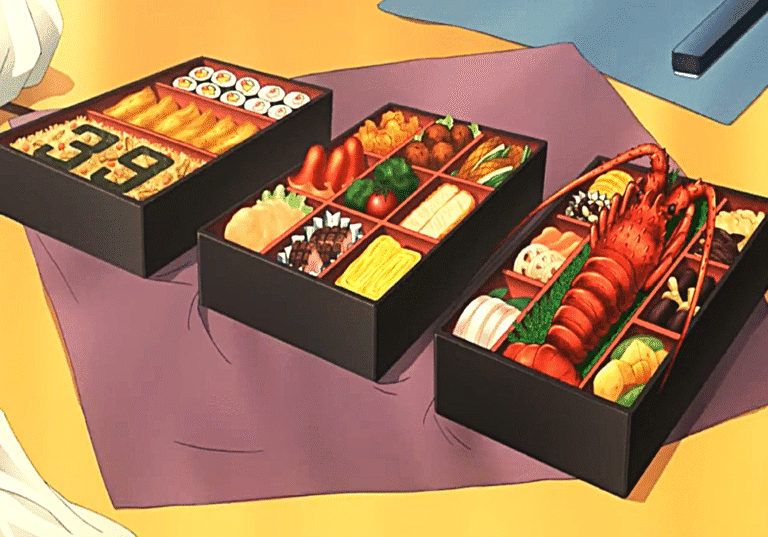
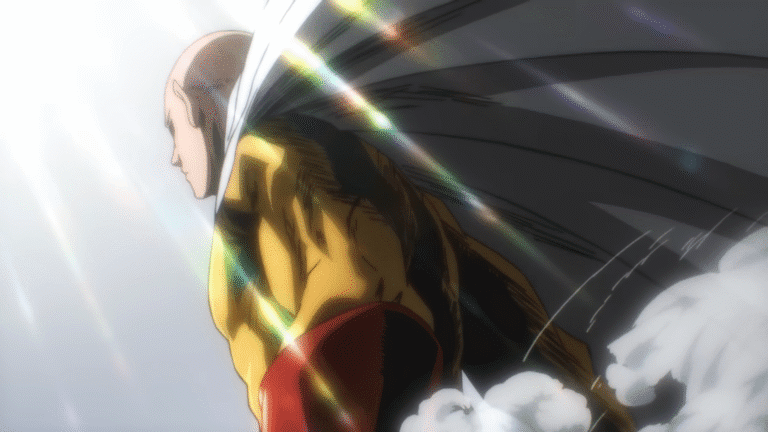

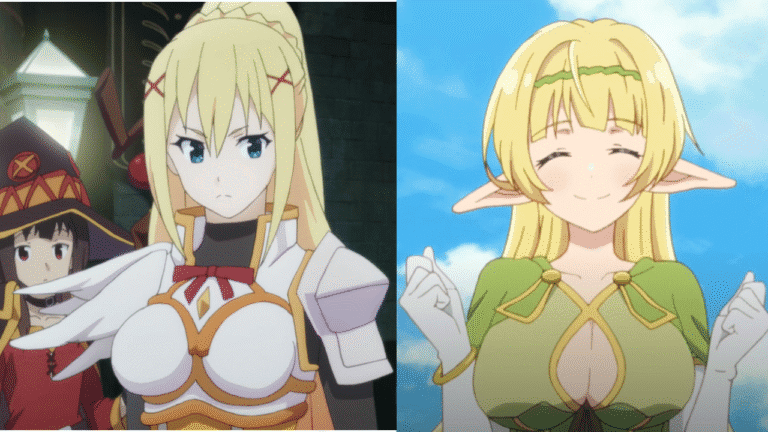

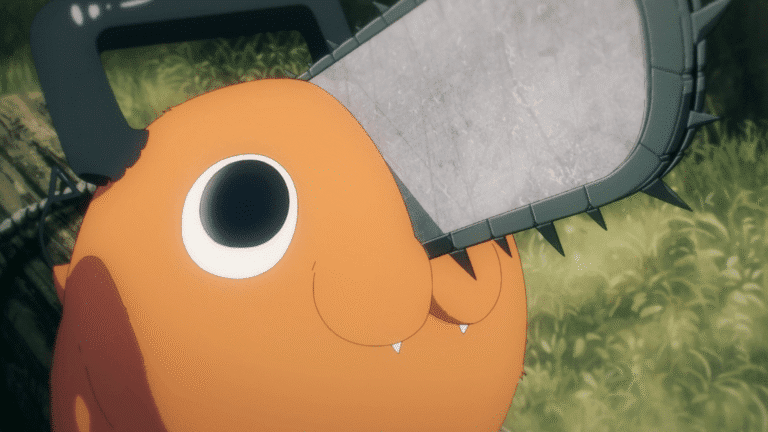
I can see how AI could help streamline the production process, but I hope it doesn’t overshadow the unique, human touch that makes anime so special. It’s a tool, not a replacement for creativity!